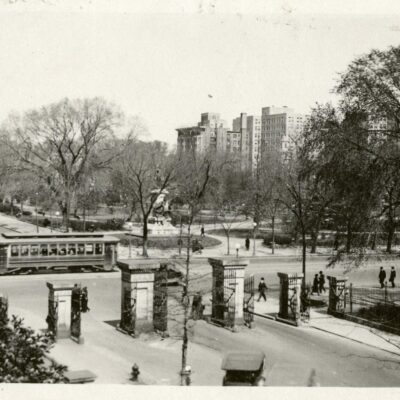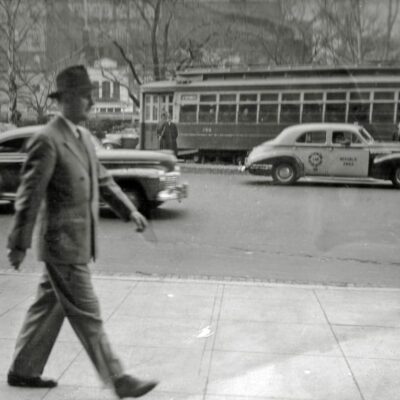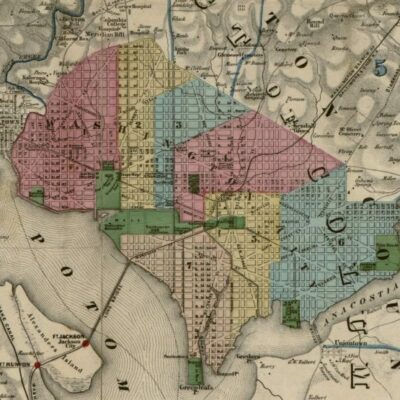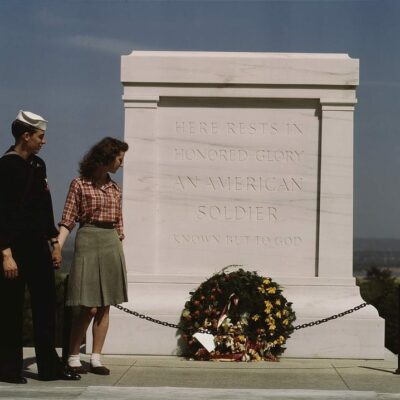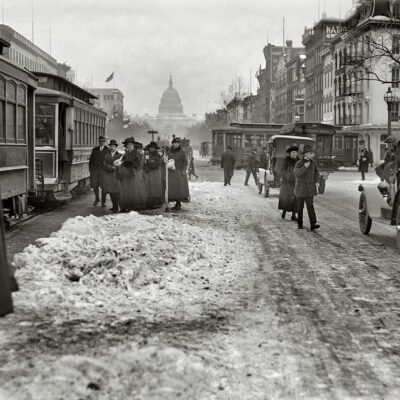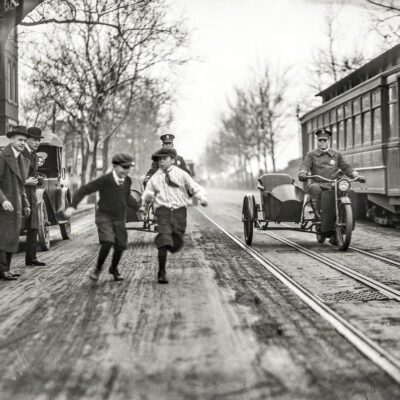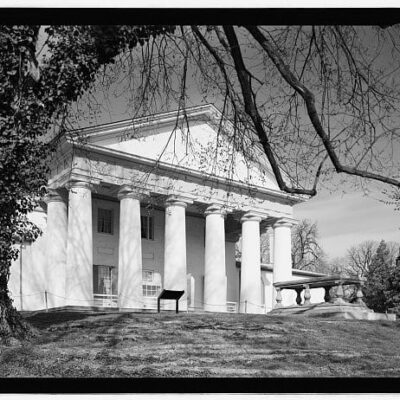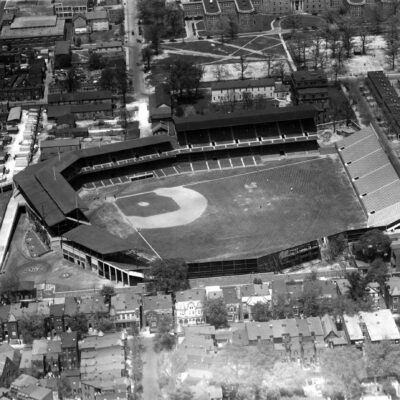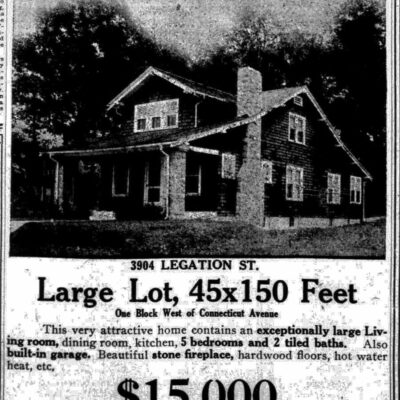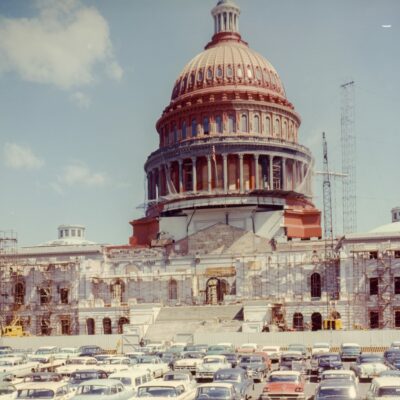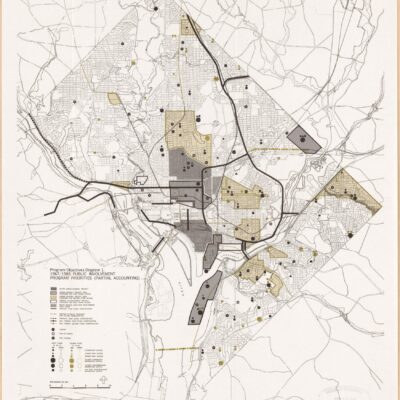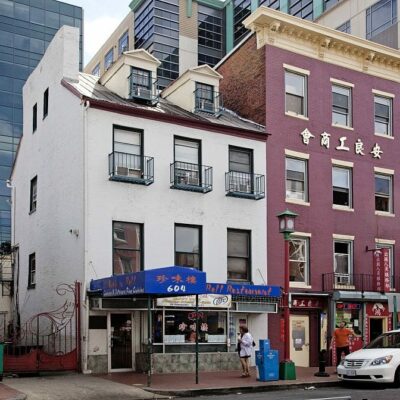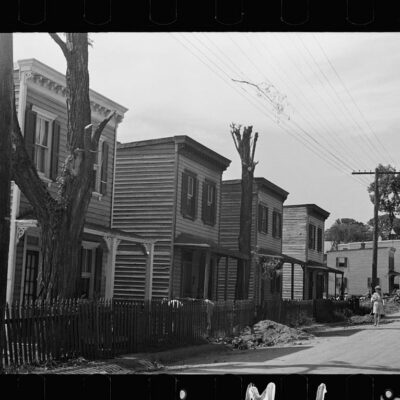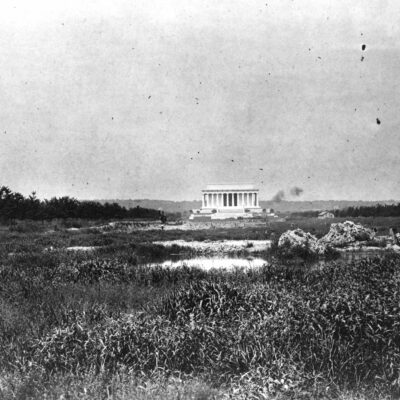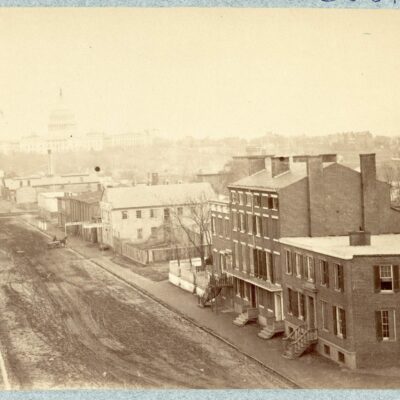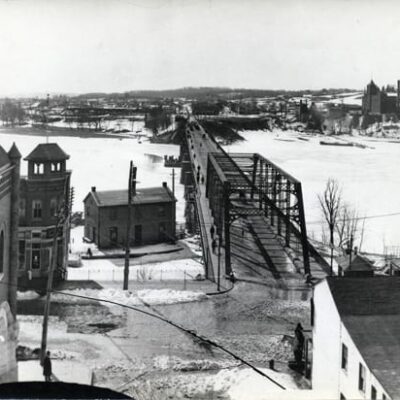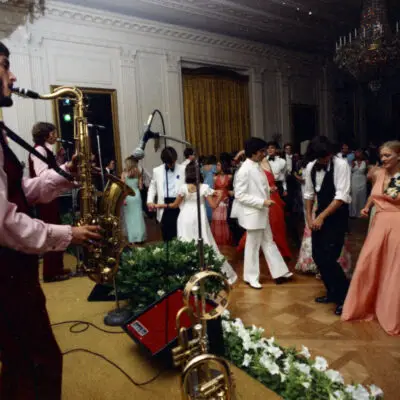This is one of those “did you know” posts, sharing some great trivia to share with your friends. It’s the kind you’re more likely to dig up on one of our favorite blogs, Greater Greater Washington.
Traffic lights are a pain in the ass. The light turns yellow, what do you typically do? You’re supposed to slow down, but you probably speed up. And, if traffic is just creeping along, do you sneak across the line and hope that it clears up enough for you to get across the intersection? Inevitably, you become the asshole blocking the box.
I was sitting behind an a-hole block boxer the other day, hopelessly watching the light cycle again, and of course I wondered what the history of the traffic light was in Washington (I also cursed a little and may have honked my horn).
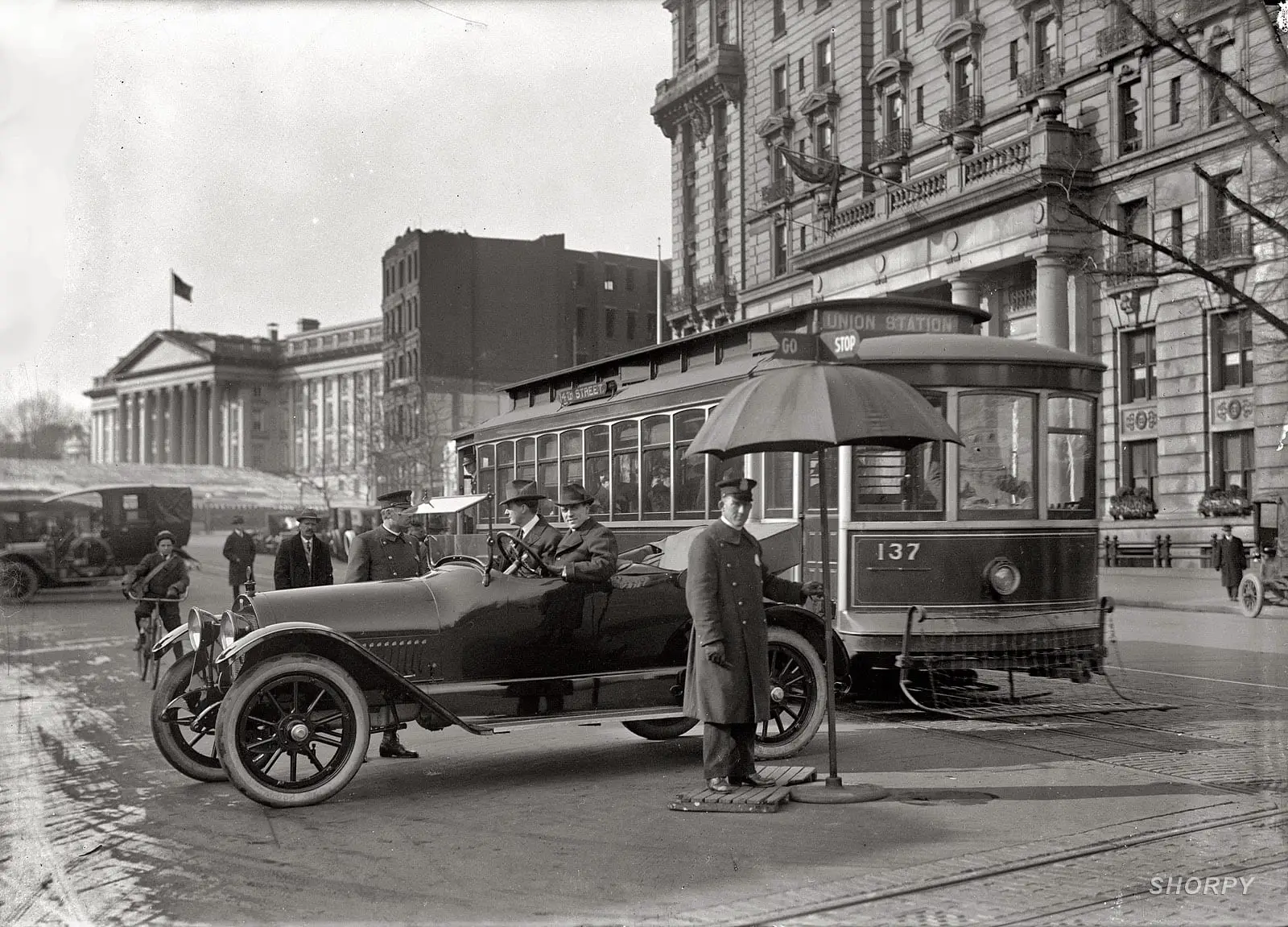
A little research uncovered a proposed change in the D.C. traffic light system back in the 1920s. Below is the article, published on July 31st, 1927 in the Washington Post, where we uncovered this.
A new system of traffic signal lights, eliminating the amber light before the green will be placed in operation on local streets it is indicated.
The new plan will not confuse those who have their habits adjusted to the present system. It simply will abolish automatically the worst violation of the present arrangement that police have to contend with–starting on the amber light before the green appears.
Under the new system, the amber light still shows before the red. The new cycle then consists of three lights, red, green, amber, after which the cycle repeats, with the amber preceding the red for a brief interval. The present cycle consists of four lights, red, amber, green, amber.
…
The new arrangement works simply. The cycle embraces 80 seconds, as now. The red light will show for 40 seconds, and the green light for 40 seconds. But during the last 5 seconds that the green light showing the amber light also will show as a forewarning that the red, or stop light, will show again when the 5 seconds are up.
The green light therefore will show 35 seconds. Then the green and amber light will show together for 5 seconds. They will both flash out simultaneously, and the red light will show for 40 seconds, completing the cycle. The main thing, however is that the red light will flash immediately to green.
Under the present arrangement the red light shows 35 seconds, the amber light 5 seconds, the green light 35 seconds and the amber light again 5 seconds.
William H. Harland, director of traffic, said yesterday that he probably would recommend this system to the Commissioners for all future traffic lights to be installed in the city.
…
Harland, however, is thoroughly opposed to the elimination of the amber light altogether. The Public Utilities Commission recently recommended to Harland that the amber light be omitted from a traffic light soon to be installed. He declared yesterday that he would not sanction the complete elimination of the amber light under any circumstances.
…
In fact, it is now in operation at what is probably the worst intersection in the city, Fifteenth street and New York avenue. There street cars make right and left hand turns on the red light. The result is that motor vehicle and street car traffic do not interfere with each other, and are able to use the intersection equally. It is interesting to stand at the intersection and observe how well the new system handles so bad a traffic situation.
From what I’m reading in this article, it seems like the streets of Washington in the 1920s were exceedingly dangerous, full of reckless drivers. But, is that so different from today?
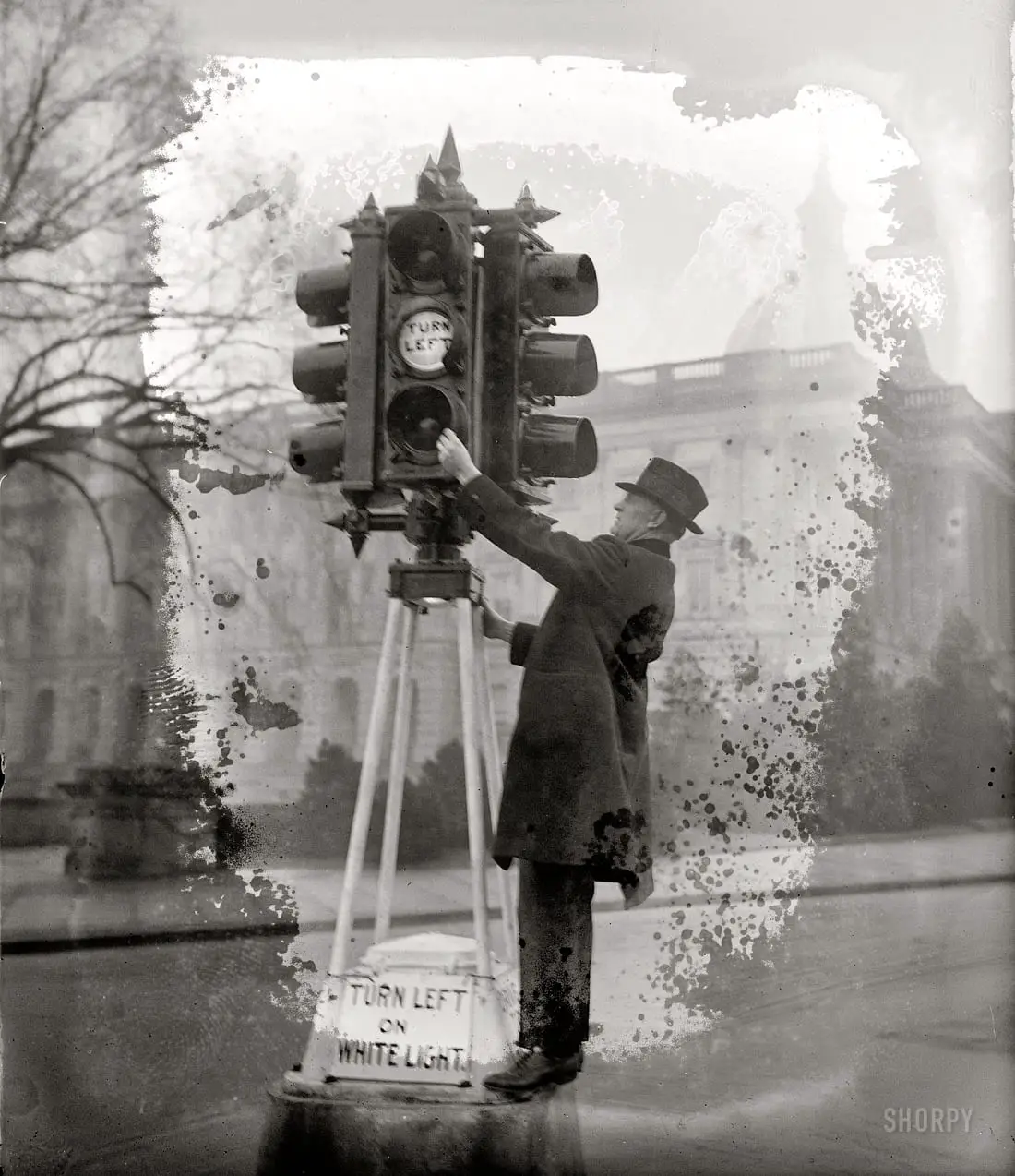
The next part of the article gets a little confusing and hard to follow.
Other violations in connection with the traffic lights are going through a red light, for which the motorist may be arrested for reckless driving, and making a left-hand turn in the line of traffic, which also may be classed as reckless driving.
To make a left-hand turn on streets controlled by lights the motorist should pull over on the right-hand side to the crosswalk of the cross street, and then pull far ahead to the opposite side of the cross street. This will give the motorist behind him a chance to prepare for a left-hand turn also, or permit the motorist desiring to make a right-hand turn to go ahead. Above all things he should keep to the right, and not stop right in the middle of the street. Then when the light changes to green on the cross street he may go ahead. The right turn is made against the right light on the cross street, and never when traffic is moving on the cross street.
Cars, streetcars, pedestrians, bicycles, horses, buggies, the streets were absolutely chaotic. Can you imagine the days before traffic lights? Even more of a disaster.
Here is a fascinating article on the Washington Post about the inner workings of the traffic light system. Also, don’t forget to check out our post on the traffic light bandit.
